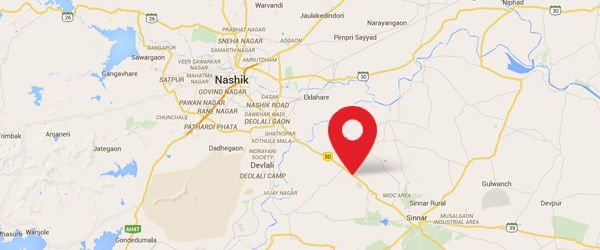
Spain is currently experiencing a drought with worrying consequences, especially for crops in almost all their forms.
The country has been in a state of meteorological, hydrographic and agricultural drought since January 2022. The lack of rainfall combined with warmer than usual temperatures is generating a situation that is leading to a loss of fertility of arable land and a loss of reservoir capacity. In fact, in a report published on 16 May, the Ministry for Ecological Transition and the Demographic Challenge warned that the Spanish water reserve is at 48.2% of its total capacity. At that time the reservoirs held 27,033 hm³ of water, 384 hm³ less than in the previous weekly measurement.
The situation on the south-eastern side is even more worrying. The water basins of the Andalusian block register very low figures (Guadiana at 32%; Guadalete-Barbate at 26.1%; Guadalquivir at 24.2%; and the Andalusian Mediterranean basin at 34.4%), while the Segura basin is at 33.3% and the internal basins of Catalonia at a desolate 25.3%.
Furthermore, in its 'Summary of the evolution of rainfall in Spain' corresponding to 18 May, the Spanish State Meteorological Agency (AEMET) reports that “the national average value of accumulated rainfall from 1 October 2022 to 16 May 2023 is 356 mm, representing around 28% less than the normal value for that period”.
As far as temperatures are concerned, AEMET points out that this has been the fifth warmest winter of the 21st century and the tenth since records began in 1961.
The agricultural sector, the main casualty
The drought that Spain is suffering has two characteristics that make it one of the worst in the historical series: its duration and its intensity. On the one hand, it is a stable drought over time, now in its second year. On the other hand, it is considered to be one of the most severe droughts in history due to its increasing intensity and the wide extension of territory it covers.
Agriculture and livestock are the most affected. According to a recent report by the Spanish Coordinator of Farmers and Livestock Breeders (COAG), the drought “is already suffocating 80% of the Spanish countryside” and is putting the profitability of thousands of farms at risk.
COAG lamented the loss of wheat and barley crops in Andalusia, Extremadura, Castilla-La Mancha, Murcia, Aragon, Madrid, Catalonia and Castilla y León, as well as the threat posed by restrictions on irrigation for fruit farms in Andalusia, Murcia, Valencia and Catalonia.
In addition, they warn that it will not be possible to grow rice in Andalusia, and that, in the southern strip, they will not exceed 20% of the normal olive and nut harvests in the most affected areas.
Livestock is not spared either. The extensive sheep, goat and cattle herds are suffering from the lack of pasture. As a result, livestock farmers have to face significant extra costs for feed and fodder, the prices of which have soared in recent weeks. In addition, COAG warns of the possibility of supply problems in the coming months.
Other historic droughts
The current drought, now in its second year, has been preceded by six other major crises. The first recorded drought dates back to the 18th century (1749 to 1753). Available data indicate that it had a particular impact on the northern half of the peninsula.
In the 20th century, a major crisis occurred between 1944 and 1946. The most abundant rivers saw their flow and the capacity of the reservoirs reduced to 14%.
In the 1979-1983 drought, the eastern part of the country was particularly affected, while in the 1991-1995 drought, reservoir capacity fell to 15% and aquifer reserves declined.
Las Tablas de Daimiel National Park was the sad protagonist between 2005 and 2009. The sixth and penultimate drought struck in 2017.
The May rains: a small respite
Within the worrying water situation suffered by the country, in the last few weeks there has been widespread rainfall in most of the peninsula and the Balearic archipelago, representing a small respite.
AEMET points out that these rains have led to May 2023 being wetter than the previous year. According to the available data, up to the 23rd, 25 l/m² were recorded in Spain as a whole, compared to 21 l/m² for the whole of May 2022.
The Agency forecasts that this “positive anomaly in precipitation” will continue to occur in the coming weeks and also during the month of June.
- Share
- Printable version


